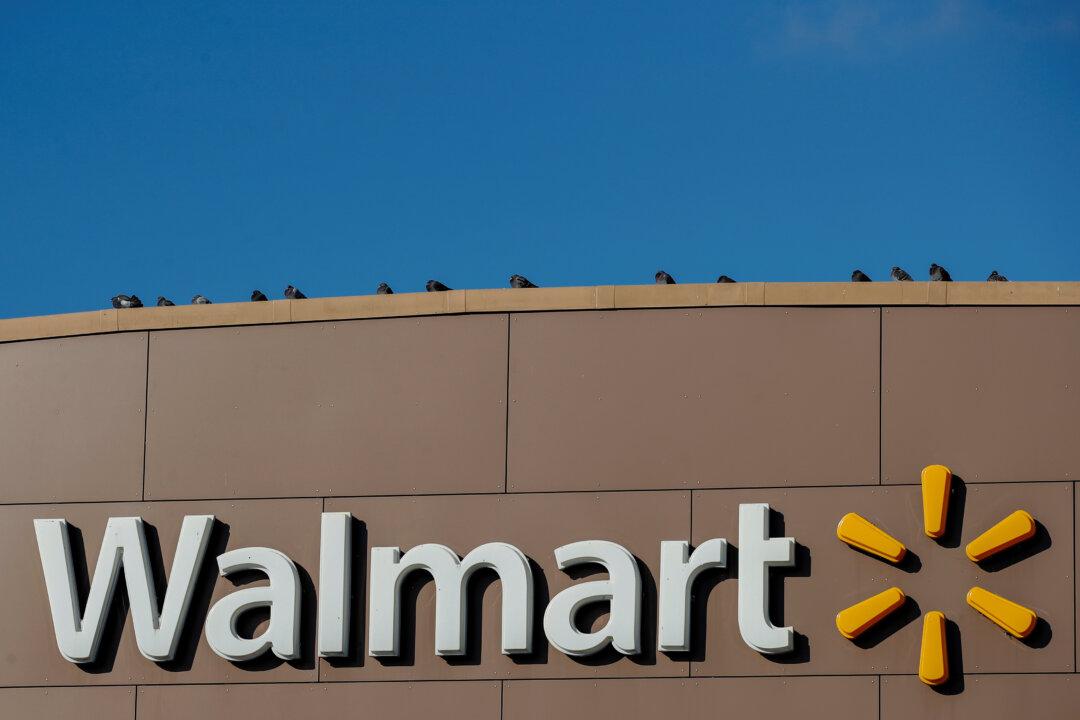Stellantis N.V. and South Korean battery maker Samsung SDI said on Monday they plan to build a second electric vehicle battery plant in the United States.
The companies said the location of the new plant is under review. Both companies signed a memorandum of understanding under its existing joint venture called StarPlus Energy, according to a news release.
The new facility is expected to open in 2027 with an initial annual production capacity of 34-gigawatt hours (GWh). No financial details of the new venture were released.
Stellantis CEO Carlos Tavares said in a statement that the second plant will contribute to offering at least 25 new battery electric vehicles (EVs) in North America by the decade’s end.
Stellantis is planning for half its U.S. passenger car and light truck sales to be battery electric by 2030. The company wants 100 percent of its sales in Europe to be electric in the same time frame.
To meet the company’s EV sales target, Stellantis says it needs about 400 GWh of annual battery capacity.
The announcement comes as the United Auto Workers (UAW) union is negotiating with Stellantis, which currently has 43,000 UAW members on the payroll. The union has been vocal in criticizing the slew of battery plants that have opened recently or are in the works, which the union says will pay about half of what senior UAW members at assembly plants are paid.
Many of the jobs involved in building EVs involve building the batteries, mostly at non-union plants owned jointly with battery makers. If the automakers shift all those jobs to non-union plants, it will mean a significant drop in UAW membership and wages for the workers.
“We have been absolutely clear that the switch to electric engine jobs, battery production, and other EV manufacturing cannot become a race to the bottom,” said UAW President Shawn Fain in a recent statement denouncing a $9.2 billion government loan to three other EV battery plants being planned by Ford and Korean battery maker SK.
“These companies are extremely profitable and will continue to make money hand over fist whether they’re selling combustion engines or EVs. Yet the workers get a smaller and smaller piece of the pie,” he added.
In May of 2022, Stellantis and Samsung SDI announced a joint venture to establish a production facility in Kokomo, Indiana, with an investment of over $2.5 billion. The facility is targeted to open in 2025 and create 1,400 new jobs in the state.
The Kokomo plant will have an initial production capacity of 23 GWh after it opens. Samsung and Stellantis aim to expand that number to 33 GWh of annual battery capacity.
Earlier, Stellantis resumed construction on a module production facility at the battery manufacturing complex in Windsor, Ontario. It’s a joint venture with Korean battery maker LG Energy Solution with a $4.1 billion investment. Construction had previously been stalled over seven weeks due to a disagreement with the Canadian government on subsidies for the project. Canada ultimately agreed to provide $11 billion in subsidies to match what the United States is offering battery manufacturers under the Inflation Reduction Act.
The Windsor plant from the NextStar joint venture aims to have more than 45 GWh of annual capacity and create 2,500 jobs, with production expected to launch next year.
Stellantis was formed in 2021 through a merger of Fiat Chrysler and France’s PSA Peugeot.




